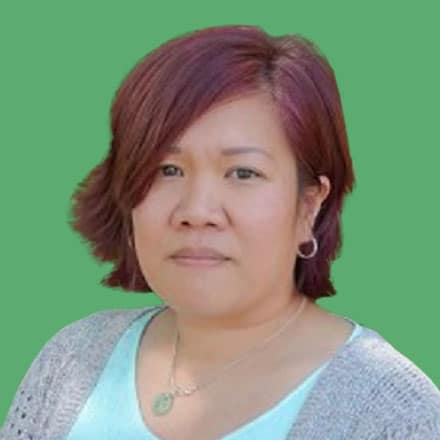Inside Angle
From 3M Health Information Systems
Crowdsourcing: Using the wisdom of the crowd in health care
The winner is blue! In 1995, M&Ms invited people to participate in a two-month long campaign to choose a new candy coat color for the iconic “melt in your mouth, not in your hands” chocolate. PepsiCo came up with the Lay’s “do us a flavor” competition in 2012, in which participants provided ideas for new chip flavors. (My favorite was probably southern biscuits and gravy flavor.) Lego has perhaps one of the biggest online communities with a passion for building, who they regularly engage with for new product ideas and designs. Wikipedia was created to be a publicly edited, crowdsourced encyclopedia where volunteers from all over the world could share their collective knowledge. These are all examples of crowdsourcing.
The term crowdsourcing was first coined in 2006 by Jeff Howe, a contributing editor for Wired magazine. He defined it as “an act whereby an organization or institution takes a function or more which was once performed by employees and outsources them to an undefined network of people which is generally in the form of an open call.”
In this day and age, crowdsourcing almost always involves an online component. The internet allows people to connect from anywhere around the globe at lightning fast speed. Crowdsourcing enables businesses of all sorts to tap into a broad spectrum of experiences, skills and expertise. Applied to the health care industry, crowdsourcing can be a very valuable tool. Let’s look at a few examples of health care crowdsourcing:
Diagnosis
The Netflix documentary series “Diagnosis” was created and inspired by a New York Times column written by Dr. Lisa Sanders. Using crowdsourcing, Dr. Sanders helped people with mystery illnesses find help and support via the internet. Using their own health experience and collective wisdom, the “crowd,” which included doctors, psychologists, patients, family members and students from all over the world, provided knowledge, treatment options and most of all, hope.
Tracking the COVID-19 vaccine
With the ongoing vaccination efforts to curb COVID-19 infections, the idea came about to have an up-to-date database for vaccine availability. Some states like California and Texas built their own online platforms and had volunteers call various vaccination sites to request real time data on vaccines, or steps on how to acquire the data.
3D-printed medical supplies
With medical supplies running low when the COVID-19 pandemic first began, the 3D-printing community crowdsourced medical supplies and protective gear such as masks, face shields, filters and even mechanical ventilator parts for hospitals and health care organizations.
Gamification of health care
Eve Online-Project Discovery is a mini game within the huge sandbox of the massively multiplayer online (MMO) gaming community. This game allows you to analyze data on the COVID-19 virus produced by flow cytometer simulators. By using a tracing tool in the game, you draw polygons around specific clusters of cells, which will help scientists better understand how the COVID-19 virus affects our immune systems.
Another very popular video game, Borderlands 3, has partnered with the American Gut Project to produce a retro-style arcade mini game. In the game, the player has to shift colored blocks between rows and columns to solve puzzles. The blocks and columns represent nucleotides and fragments of microbial 16s ribosomal RNA gene sequences collected from human stool samples. The compilation of block matches made by players helps produce higher quality data that researchers can use to build better sequencing algorithms that benefit the study of gut microbiome for understanding food, exercise, medicine, etc.
Social media’s bright ideas
People on social media platforms such as TikTok have come up with some creative ideas for medical issues. One example came from a videographer who happened to watch a TikTok video on the struggles of a person with Parkinson’s. Knowing that those with Parkinson’s have difficulty with fine motor skills such as tying their shoelaces, zipping up their jacket and opening a medication bottle, he designed a 3D-printable pill container with a rotating base to isolate an individual pill. That way, the patient could just pop the pill “like a shot glass.”
The crowd and all its wisdom can be a significant source for answers in the medical community. Let’s get the ideas flowing!
Precious Porter, RN, BSN, clinical data analyst at 3M Health Information Systems.


